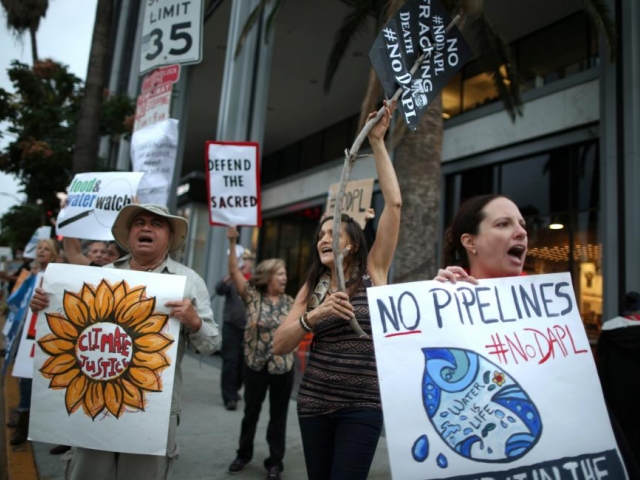
The 1,172-mile Dakota Access pipeline (DAPL) was a $3.7bn project that would transport crude oil from the Bakken oil field in North Dakota to a refinery to Patoka, Illinois, near Chicago. The local Standing Rock Sioux tribe and thousands of Native American supporters from across North America had set up camps in Cannon Ball to try and blocked the oil project. Opponents of DAPL said the project threatened sacred native lands and could contaminate their water supply from the Missouri river, which is the longest river in North America.
The demonstrations against the construction of the pipeline were not held only in the aforementioned states. The people of the State of California and the District of Columbia also took to the streets to support their fellow citizens.
In the photo: the residents of Los Angeles (CA) during a protest, on September 13.
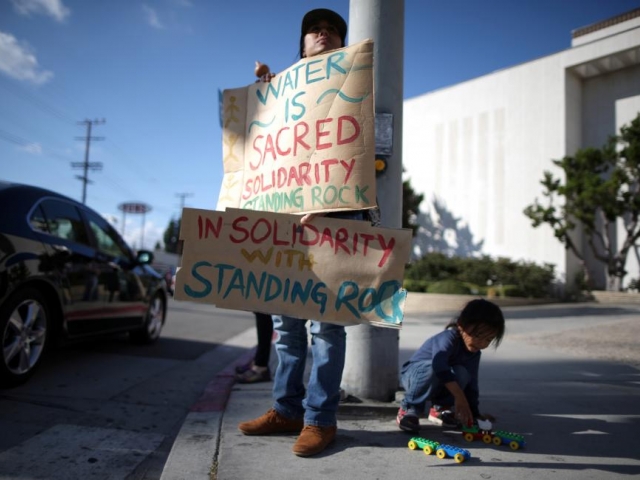
On the first day of September, residents of Iowa and North Dakota had blocked access to the construction site, chained themselves to the machines that should build the pipeline. The incident resulted in several dozen protesters were detained by law enforcement officers.

Indigenous peoples of North Dakota and Iowa, living in the US capital Washington, sent a letter to the court to stop the construction. According to them, the project will harm not only nature, but also disrupt the water supply system.
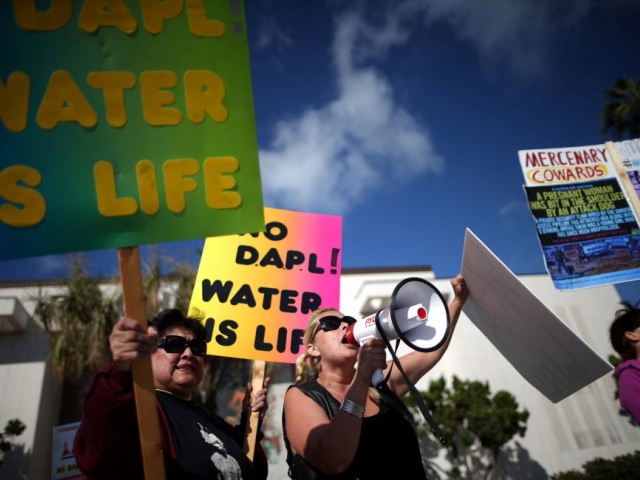
In the photo: the California residents during the protest against the construction of the pipeline in North Dakota. Many of them are holding posters that say about the importance of clean water in everyone's life.
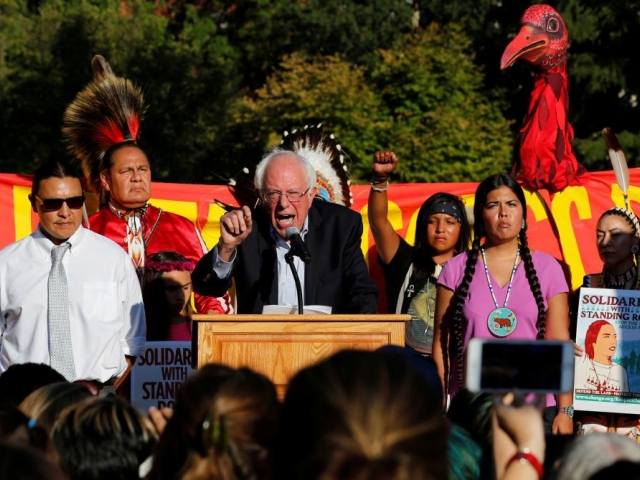
In the photo: the democrat Bernie Sanders speaks at a rally against the construction of the pipeline. The politician wanted to draw attention of Barack Obama to the issue.
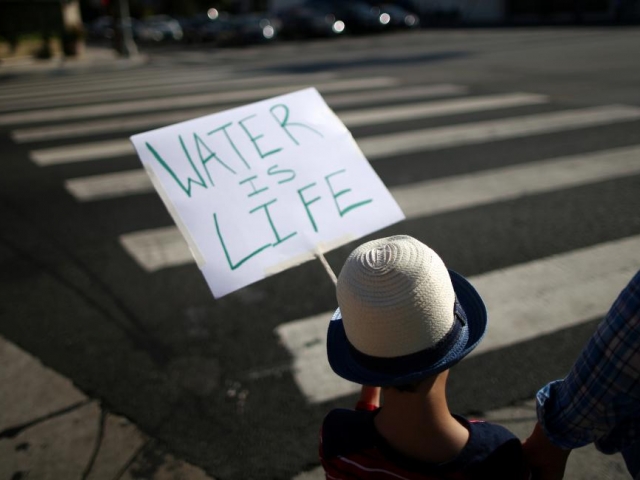
In the photo: a small resident of the United States holding a poster on which it is written: "Water is life."
 English
English 
 Русский
Русский Bahasa Indonesia
Bahasa Indonesia Bahasa Malay
Bahasa Malay ไทย
ไทย Español
Español Deutsch
Deutsch Български
Български Français
Français Tiếng Việt
Tiếng Việt 中文
中文 বাংলা
বাংলা हिन्दी
हिन्दी Čeština
Čeština Українська
Українська Română
Română
